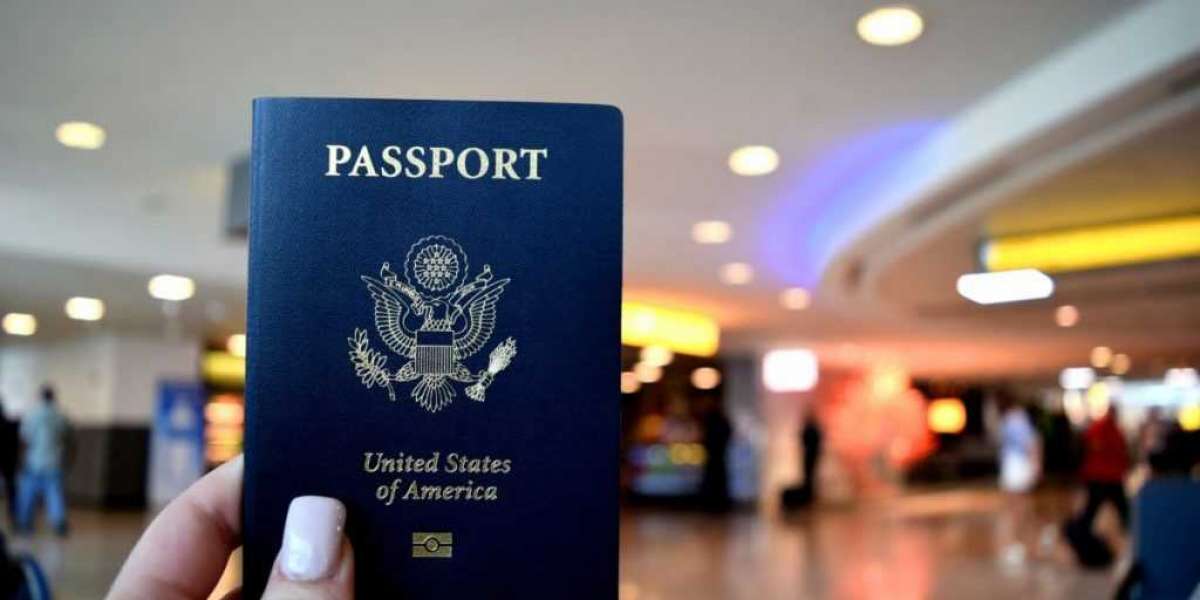Trying to quit smoking marijuana can be difficult. There are several different methods, and some of them may not work as well as others. You can choose between an inpatient or outpatient method. You may also need medication to help with the symptoms.
Inpatient vs outpatient
Whether you need help with your marijuana addiction or you know someone who does, you'll want to know the difference between inpatient vs outpatient marijuana detox. The best way to decide is to talk to a professional. They will be able to explain the differences between the two and suggest a treatment that will work best for you.
Inpatient treatment is highly structured. Inpatient facilities provide a supportive environment that can help patients deal with issues that are not easily resolved at home. They also provide role models for recovery. The facility may also provide medications to help with detox.
Outpatient treatment is also structured, but patients live at home and come to the facility only a few hours a week. This allows for continued family life and job responsibilities. This also makes the rehab program less expensive than an inpatient program.
THC remains in the body after weed detox
Whether you're planning for a drug test or simply want to clear the THC out of your system, there are several ways to flush your body of toxins. These methods are safe, natural and effective.
The first way to remove THC from your body is by drinking plenty of water. This will dilute your system and help you to urinate frequently.
Exercise can also help you to flush your system. Vigorous exercise will help your body burn fat and increase your metabolism. These two factors will help you to break down marijuana quicker.
Another way to flush your system is to eat foods rich in antioxidants and vitamins. Greens and leafy vegetables are good sources of these nutrients. You can also consume teas with high levels of antioxidants to help with marijuana detox symptoms.
Symptoms of weed withdrawal
Symptoms of weed withdrawal after marijuana detox can vary from person to person. Some of the more common symptoms include irritability, mood swings, fatigue, nausea, vomiting, and stomach pain.
Physical symptoms can include chills, headaches, tremors, and sweating. These are a sign of the body adjusting to a lack of THC.
Some physical symptoms can be severe and are not the best indicator of weed withdrawal. In fact, these symptoms should be resolved within the first month after your last use.
There are a variety of self-help steps you can take to make withdrawal easier, including avoiding junk food, drinking lots of water, and avoiding caffeine-rich beverages. You can also seek professional help. A substance abuse or addiction specialist can help you manage your symptoms and address any co-occurring problems.
Inpatient weed detox is better than outpatient
Choosing between a residential and outpatient weed detox is a matter of personal choice. Choosing the right treatment is crucial to the success of a rehab program. The choice is often based on the severity of the addiction and the amount of support the patient is able to receive at home.
A residential treatment program offers a secure, structured environment in which the patient is able to concentrate on overcoming his addiction. Inpatient programs can last for days or weeks, depending on the severity of the addiction. The cost of a marijuana rehab program will depend on a number of factors, including the length of the program, the type of facility and payment options available.
Medication is used for symptoms management
Symptom management during marijuana detox is the use of medications to treat the physical and psychological symptoms of withdrawal. These medications can be a form of medical treatment or can be over-the-counter drugs. These medications can be helpful in alleviating symptoms such as nausea, vomiting, and pain.
The withdrawal period for marijuana can last anywhere from a few days to a couple of months, depending on the severity of your use. Symptoms such as nausea, vomiting, and sweating can be extremely uncomfortable. If you are using marijuana for a long period of time, you may experience symptoms such as anxiety, sleeplessness, and irritability.
If you are in severe marijuana addiction, you may want to seek out professional treatment. This can include inpatient or outpatient programs. These programs can provide a structured environment to treat your symptoms. These programs can also help you address any co-occurring disorders you may have.
Can be difficult to admit
Getting yourself into a marijuana treatment center can be a daunting task, but the experience is well worth the effort. Getting the medical treatment is a rite of passage for many long term users. A well designed and well managed treatment plan is one of the key ingredients to a successful recovery. Most centers offer both short and long term programs, which have been well vetted by clients. Aside from a quality medical care, many treatment centers also offer a number of social and recreational activities, including sports and arts and crafts. Most rehab centers have an esquential number of residents, but the larger facilities will offer programs for singles, couples and families.



